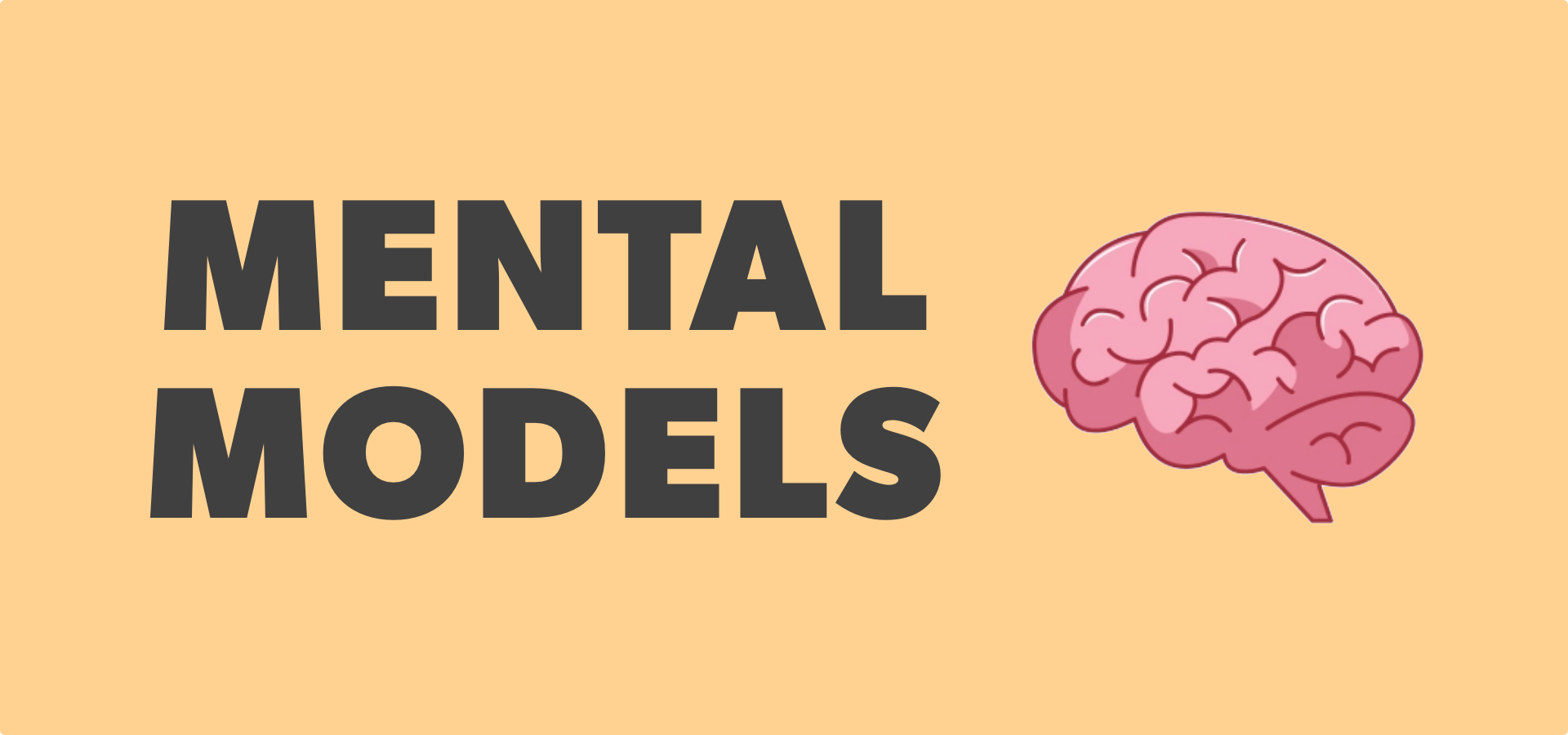Mental Models – we are a predictable creature

Mental Models are forming in our heads in everyday life, controlling our behaviors without us noticing. Mental Models can be helpful for Designers to create intuitive experience, but sometimes it leads to misunderstanding and frustration to users.
What is Mental Model?
Here is a blue underlined text, but when you try to click on it, nothing happened.
It’s a common thing in this digital environment that a text with color blue and underlined is usually a hyperlink, which will take you to another page that elaborate more about itself. And that’s how Mental Models work.
A mental model is an explanation of someone's though process about how something works.
How is this important to designers?
Mental Models are perspectives from users or customers. It controls their behaviors when they interact with a product. The product itself has another model called System Models - which describes something that really works based on its technical side.
But there are some problems between those 2 models:
- People are too familiar with what they've experienced.
- The technical side can be too advanced or complex for users to understand it.
In that case, we need another Models in between: the Conceptual Models. This models understand both worlds and play the role of a translator who turns complex, new technical concepts into a familiar and friendly experience to users.
Usually designers are responsible for this Conceptual Models. By understanding what's being build behind (System Models) and researching end users' expectations (Mental Models), designers can fill the gap between those two.
Design for Mental Models
Skeuomorphism is developed to educate users’ mental models and mostly used in UI designs. It brings the familiar feeling to new experiences, in UI design, is bringing the reference from physical world into a brand new touchable digital spaces.
Skeuomorphs are typically used to make something new feel familiar in an effort to speed understanding and acclimation. They employ elements that, while essential to the original object, serve no purpose in the new system.
Although the concept mainly focuses on digital spaces, it can be applied into real world problems. In 2019, EU Law demands new EVs have to make fake engine noise.

We can see that new EV engines (system models) make nearly no sound, and fake engine sound serves no purpose here. But pedestrians need engine sounds to be aware of their surroundings, they’ve been doing that for centuries (Mental Models), therefore a fake engine sound is the solution here (Conceptual Models).



